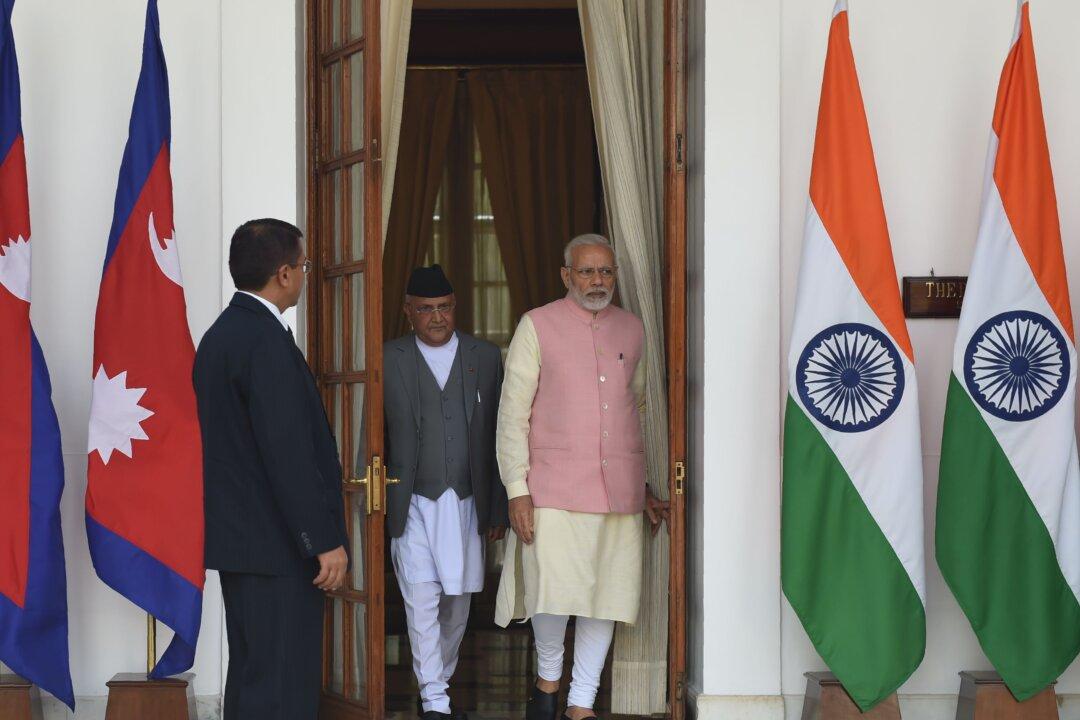The Prime Minister of Nepal and the leader of the Nepalese Communist Party (NCP) recently took jabs at members of India’s ruling party by saying that the popular Hindu god Rama was born in Nepal. Experts said this is an attack on the people-to-people connections between the two nations, and the Chinese are using the NCP to attack India.
Nepalese Prime Minister K.P. Sharma Oli said at a cultural event in Kathmandu on July 13 that Rama, who is followed by millions of Hindus across the world and is believed to have been born in India, was actually born in Nepal. At issue are two towns, one in India and one in Nepal, with the name Ayodhya.





